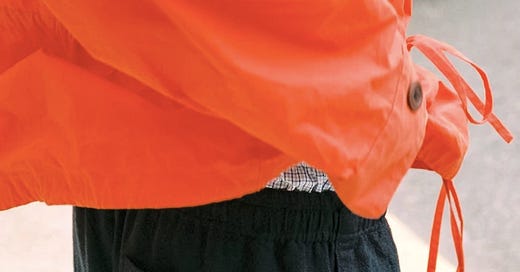There are three main ways in which we tend to engage with clothing. You can fantasize about them — looking at unaffordable and/or unwearable pieces in magazines, series, and Met Gala’s. This is the odd category to which belong all those items you don’t have, don’t need, don’t want, and don’t even know you don’t need or want. You can also buy clothing — whether new, at physical or online stores, or second-hand. To this category belongs everything from cheap, fast-fashion or expensive impulse purchases you’ll never wear to well-considered pieces you come to cherish and that become part of your daily rotation and, consequently, of your own style. Finally, you can also find clothing. Or, since this often happens unexpectedly, without a prior, conscious decision to search for something: clothing you stumble upon. Think of opening your (grand)father’s closet and finding an old corduroy jacket he once wore around the house. Or think of a friend who owns a beautiful pair of trousers he bought years ago without ever wearing it, and who now decides to give it to you, knowing it suits you better.
Much philosophical ink has been spilled about the question whether a true gift can exist. (Isn’t every act of giving undone as soon as the gift is received?) I could imagine finding a pair of French-made boots in a shed in the garden my father takes care of. Although they’re a snug fit, and full of tear and wear, I’d be as happy with them as the latest hard linen CASEY CASEY coat, say. That’s how found clothes realize the possibility of a true gift: they’re yours, but they do not, and will never really, belong to you. Indeed, in a sense they do not belong to anybody. It’s as if they’ve always been there. After someone has found them, they’re passed on, borrowed, worn, stored, passed on again, and so on until they fall apart, fade into oblivion, seize to exist or find a different purpose. I’d reckon this isn’t nostalgic romanticism. It’s an alternative, old-but-new way of engaging with fashion.
These and other images were conjured up recently when I hit upon the London-based CONKERS. The brand creates clothes inspired by “a slower pace of life” that “speak to the essence of the British countryside” and have, what they call, “organic indulgence”: a timelessness that reflects their natural, rural surrounding. Old-fashioned? Definitely not. CONKERS, the brand — which has so far produced two collections (AW24 and SS25) — is carried by such forward-looking stockists as Nitty Gritty, Neighbour, and C’H’C’M. CONKERS, the agency — founded in 2021 — provides consultancy for major brands throughout the world, focusing on ‘subverting the traditional’. I wanted to found out more and spoke to its founder and creative director, OW (initials only — find out why below).

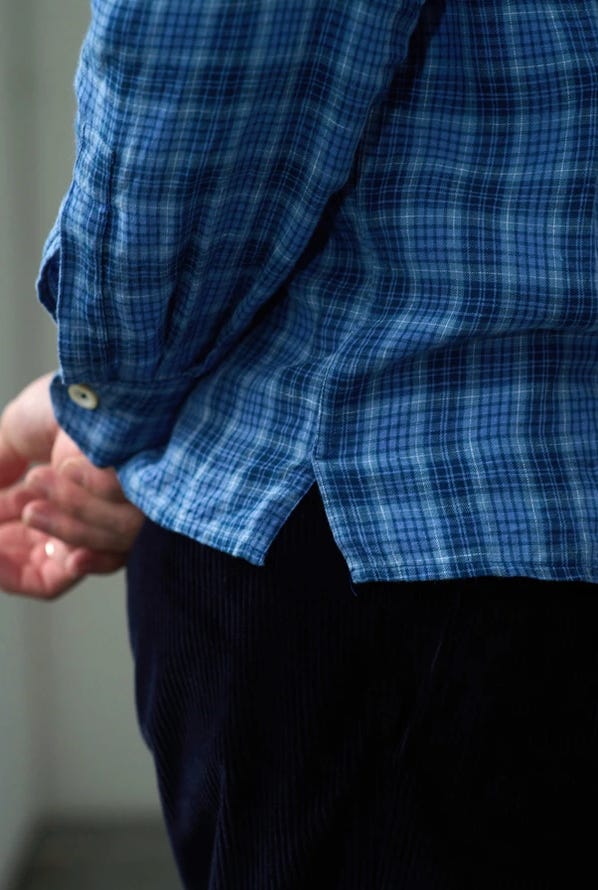


PRESENT FOREVER (PF): CONKERS is a clothing brand, a digital library, and a design agency. I’m eager to hear about the origins of and connections between these three parts of CONKERS. Did one come first and spark the others? Or did they all emerge at once?
(OW): I had the pleasure of working for some really special companies when first starting out as a menswear designer. I have been lucky enough to have had some excellent mentors who distilled in me some really great design values and a particular way of seeing. When toying with the idea of working freelance, I liked the idea of separating myself from the work, distilling my passions into a single separate entity. It allowed me to separate my ego when working.
Yes, all parts inform one another. The library idea was honest and simple, but one I enjoyed thinking about. An open-source of research is a place and world when I myself can get lost in. It’s somewhere I can come back to each time I’m thinking about a new idea. The agency and the brand allow us to collaborate in many different ways. At the agency, we get to work with larger companies, helping them with UK manufacturing, improving the brand image, and designing garments. It’s hyper-specific, storytelling-focused, and always exporting an honest insight into modern Britishness. The brand was a natural next step. It allows us to work on a very personal level with mills, factories, and makers. Collaboration in any form is good for the soul. We work with great people. It’s really fun.
(PF): I’d like to hear more about how this works in practice. But first could you tell me more about yourself? How did you get into menswear design, for instance, and who were some of the mentors you mentioned earlier?
(OW): I went to the London College of Fashion and then went on to work and learn from OUR LEGACY, STUDIO NICHOLSON and C.P. COMPANY. I have been lucky enough to have been mentored by Johannes Weiser, Alessandro Pungetti, and Paul Harvey. All of them put good design into perspective and changed my way of seeing. They all gave me a shot, and I thank them for it. Johannes [Designer & Product Developer at OUR LEGACY, PF] taught me so much — and I’m lucky enough to still call him a friend. Be honest. Be yourself. Leave your ego at the door. No mill or factory wants to feel like you are going to try to mess them around, or worse, look down on them. Being pretentious gets you nowhere. But there are a lot of people like that in this industry; it’s a shame, really.

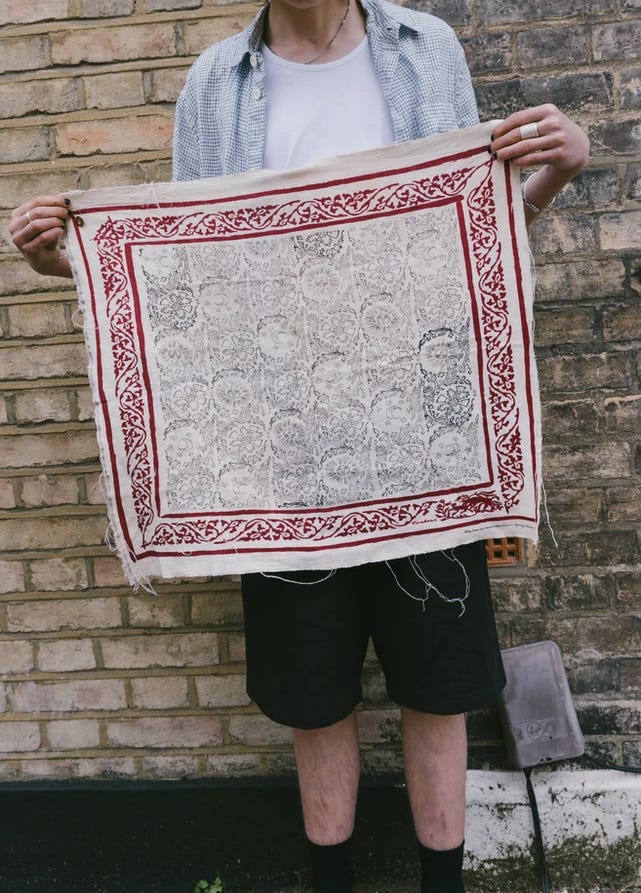
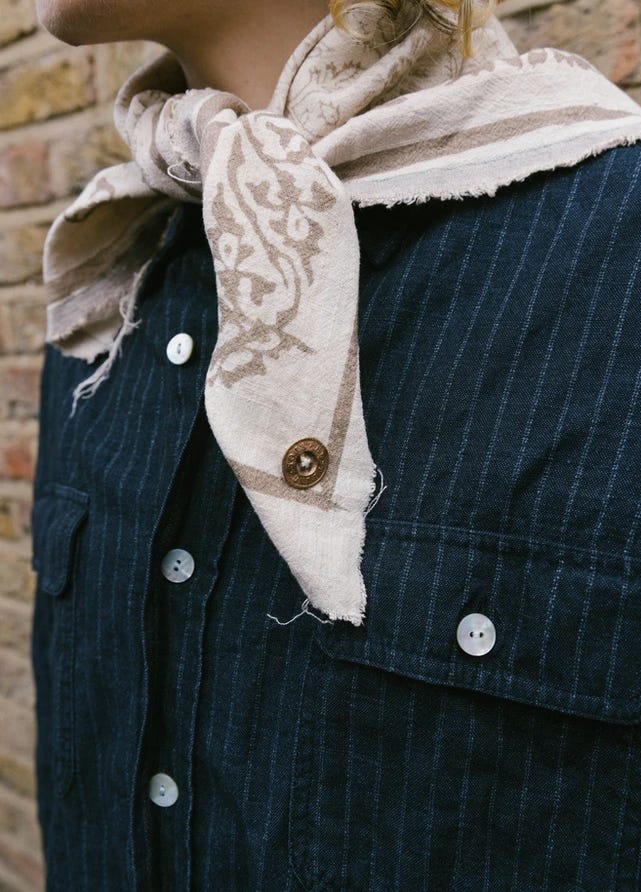

(PF): You said earlier that the brand was a “natural step.” I can imagine its founding and day-to-day business is accompanied by a lot of hard labour?
(OW): Yes, it has been extremely hard and very tiring, but I have never been happier. You have to learn so much. It definitely doesn’t happen all at once. It’s important to tackle each problem as it comes. For example, if I had stressed about freight forwards, logistics, and trademarks at the start, I probably wouldn’t have started it.
I do all the designing, sourcing of fabrics, building the website, shipping, illustrations, photoshops, etc. I now have a small team of friends helping me with production, accounting and logistics. I do EU and US sales as well. Japan is looked after by our Japanese agent. I could not do that myself; the cultural and language barrier is quite an obstacle for a new brand, and a lot of work. But all in all, we’re still a very small team.
(PF): How does this ethos inform your views on CONKERS' development in the years to come?
(OW): We have no intentions to expand. I think for now we are just looking to work with the right people. I want store staff to be engaged with our products, and enjoy being a “nerd” about them.
A few years ago, I read Small Giants: Companies that Choose to be Great Instead of Big by Bo Burlingham. It’s a fantastic little book that really emphasizes the freedom of being small. I recommend it. When deciding to pursue the brand, I really had to take a step back and ask myself why I wanted to do this. It became a really philosophical and therapeutic dilemma for me. Why? What are the reasons I want to do this? What do I want to get from it? After a lot of deliberation, I decided to pull the trigger. I have no interest in people knowing who I am. And money isn’t overly important to me. But I love to create. I love to work and to collaborate with great people. Oh, and the travel is pretty fun. That’s enough for me.
(PF): The motto of CONKERS the design agency is “subverting the traditional.” Would you say this also holds for CONKERS the clothing brand? If so, how does growing up within rural Britain feed into this?
(OW): Yes, subverting the traditional. I have no interest in creating perfect replicas of vintage items. CONKERS’ starting point is gleaned from a more human perspective on rural Britain, looking at real people and real life. I could do a direct copy of a CORDINGS Tweed Sporting Jacket, but it’s more interesting to look at it from an emotional starting point. I really think there is something to be said for that without sounding to lah-di-dah. I like to start the season by getting into an emotional state. Maybe sitting down with a book or some research material. Maybe watching one of the few movies that trigger an emotion for me, or listening to a seasonal playlist. Just anything that gets me into an emotional place. Slowing myself down, I start thinking about creative ideas. I find it very helpful, but also very special.
(PF): Following up on what you say, I like to ask interviewees to pick one of their personal favourites from their own collections and reflect on the story behind them. Could you pick one and then tell me, first, what it is that you like about it, second, give a sense of the details behind its construction and, third, say whether you yourself also wear it and if so, when.
(OW): Ah, that’s a nice question. I have had a lot of pleasure this season making the Cerberus Jacket, a ramie stone-washed parka inspired by a dispatch rider jacket. Traditionally, something like this might have been in 300gsm wax cotton, but playing with taking a traditional utilitarian garment and doing it in a more delicate or indulgent fabric is a beautiful thing. When designing I like to lift details from other references. I really enjoy it when someone goes “Oh, that collar is from the Barbour Ursula jacket”, or “That pocket is the Canadian army ECW parka,” or “Those cuffs are from the British 95 DPM combat shirt,” etc. It’s like a treasure hunt. It’s very special.
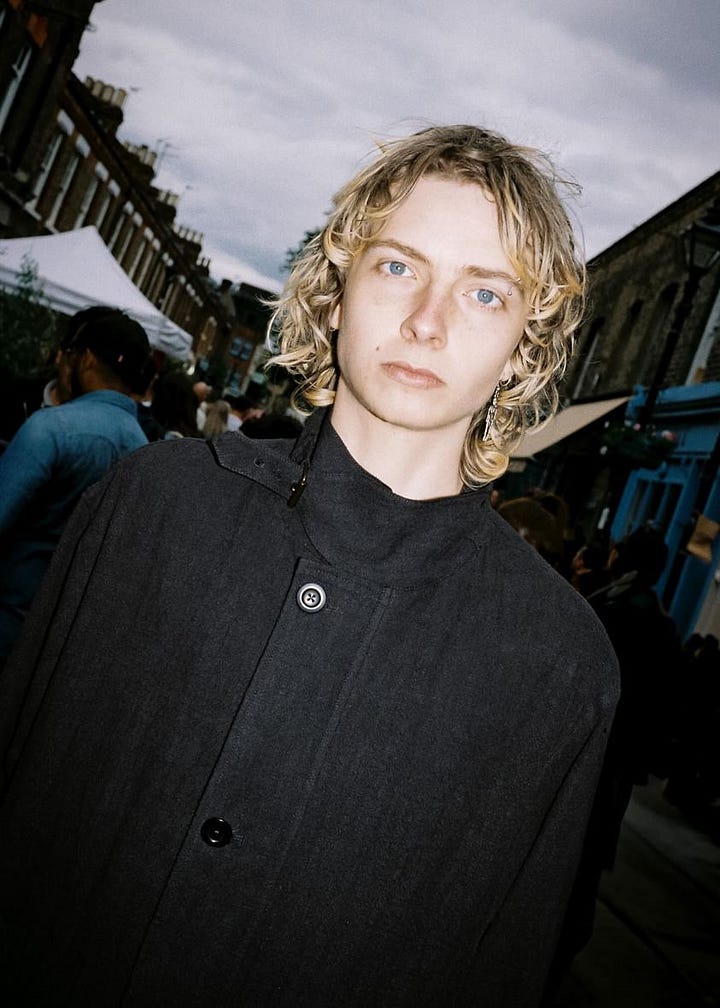
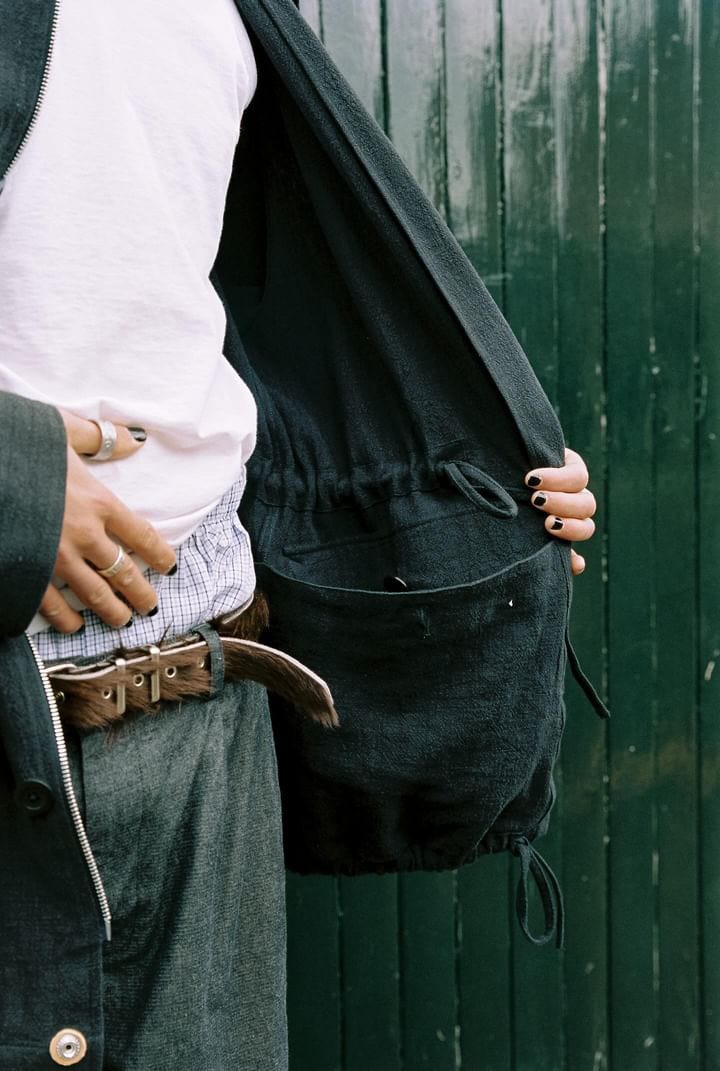
I want to make garments you can live in. I have to know whether I feel as comfortable wearing this in the city as in the countryside. If not, it isn’t right. Can you wear this walking down Meguro City and the Colin Bell Stand? If you’re not 100% comfortable, maybe it’s not right.
I don’t want you to buy this or that garment and throw it away. I want you to wear it and mend it. There is something very special about garments and their life cycle in rural England. A tweed jacket can start off as a formal work jacket, then after a few years of heavy use it can end up as a leather arm-patched gardening blazer only worn for pottering around the allotment and greenhouse, pockets full of twine and pencils and your lucky pen knife. Or an old pair of brogs become your grandfather’s stepped-on heel gardening clogs. Well-made items last a lifetime, and if really good, go on to find a new life altogether.
(PF): Thanks so much, OW.
(OW): And thanks to you for reaching out!
—————————————————————-
If you like this content please consider subscribing to the PRESENT FOREVER newsletter by clicking the button below. Your support is much appreciated

